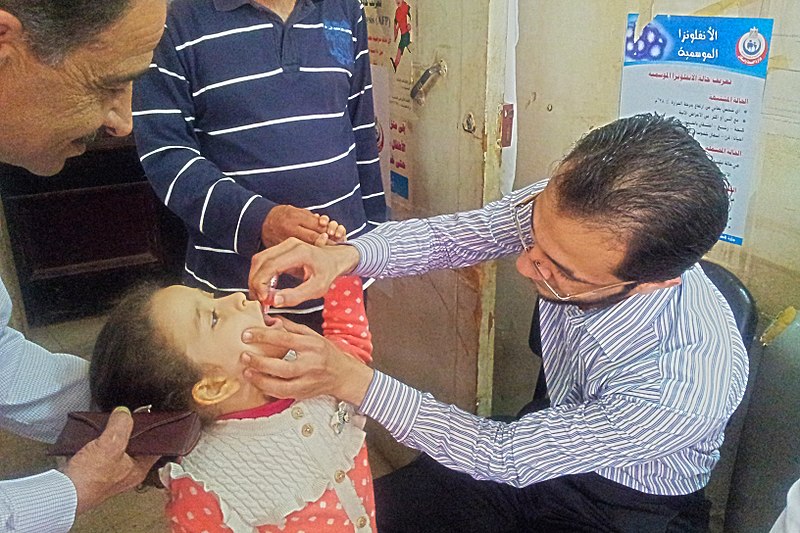
(CNN) – People who often nap have a greater chance of developing high blood pressure and having a stroke, a large new study has found.
“This may be because, although taking a nap itself is not harmful, many people who take naps may do so because of poor sleep at night. Poor sleep at night is associated with poorer health, and naps are not enough to make up for that,” said clinical psychologist Michael Grandner in a statement. Grandner directs the Behavioral Sleep Medicine Clinic at the Banner-University Medical Center in Tucson, Arizona, and was not involved in the study.
Study participants who typically napped during the day were 12 percent more likely to develop high blood pressure over time and were 24 percent more likely to have a stroke compared with people who never napped.
If the person was younger than age 60, napping most days raised the risk of developing high blood pressure by 20 percent compared with people who never or rarely nap, according to the study published Monday in Hypertension, an American Heart Association journal. The AHA recently added sleep duration as one of its eight essential metrics to optimal heart and brain health.
The results held true even after researchers excluded people at high risk for hypertension, such as those with type 2 diabetes, existing high blood pressure, high cholesterol, sleep disorders and who did night-shift work.
“The results demonstrate that napping increases the incidence of hypertension and stroke, after adjusting or considering many variables known to be associated with risk for cardiovascular disease and stroke,” said Dr. Phyllis Zee, director of the Center for Circadian and Sleep Medicine at Northwestern University Feinberg School of Medicine in Chicago.
“From a clinical standpoint, I think it highlights the importance for health care providers to routinely ask patients about napping and excessive daytime sleepiness and evaluate for other contributing conditions to potentially modify the risk for cardiovascular disease,” said Zee, who was not involved in the study.
Longer naps are worse
The study used data from 360,000 participants who had given information on their napping habits to the UK Biobank, a large biomedical database and research resource that followed UK residents from 2006 to 2010.
Taking a regular, lengthy nap may be a sign of an underlying sleep disorder, said Dr. Raj Dasgupta of the University of Southern California.
Taking a regular, lengthy nap may be a sign of an underlying sleep disorder, said Dr. Raj Dasgupta of the University of Southern California.
People in the UK study provided blood, urine and saliva samples on a regular basis, and answered questions on napping four times over the four year study. However, the study only collected nap frequency, not duration, and relied on self-reports of napping, a limitation due to imperfect recall.
“They didn’t define what a nap should be. If you’re going to be sleeping for an hour, two hours, for example, that’s not really a nap,” said sleep specialist Dr. Raj Dasgupta, an associate professor of clinical medicine at the Keck School of Medicine at the University of Southern California.
“A refreshing power nap that’s 15 to 20 minutes around noon to 2 p.m. is 100 percent the way to go if you’re sleep deprived,” said Dasgupta, who was not involved in the study. “If you have chronic insomnia we don’t encourage napping because it takes away the drive to sleep at night.”
Most of the people in the study who took regular naps smoked cigarettes, drank daily, snored, had insomnia and reported being an evening person.
Many of these factors could impact a person’s quality and quantity of slumber, Dasgupta said. Poor sleep causes “excessive daytime fatigue which can result in excessive napping during the day,” he said.
“I do believe napping is a warning sign of an underlying sleep disorder in certain individuals,” he added. “Sleep disorders are linked to an increase in stress and weight regulation hormones which can lead to obesity, high blood pressure, type 2 diabetes — all risk factors for heart disease.”




